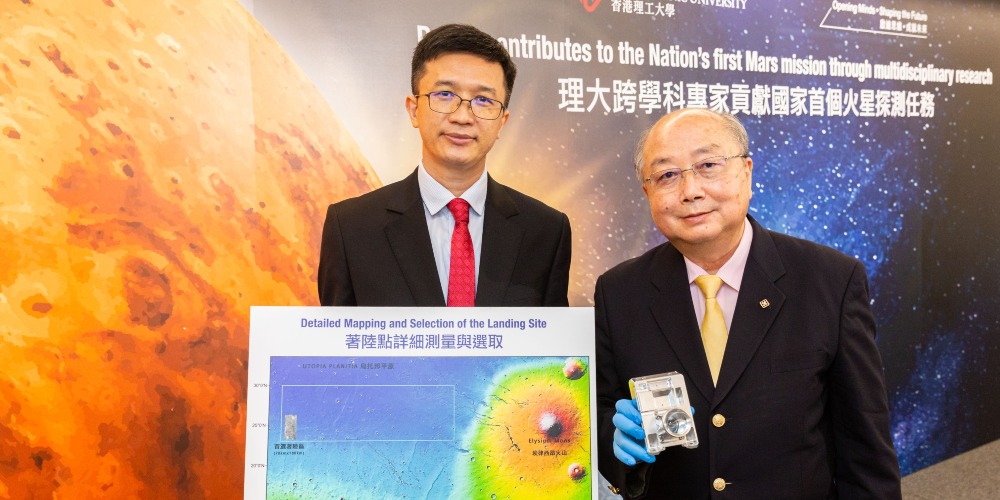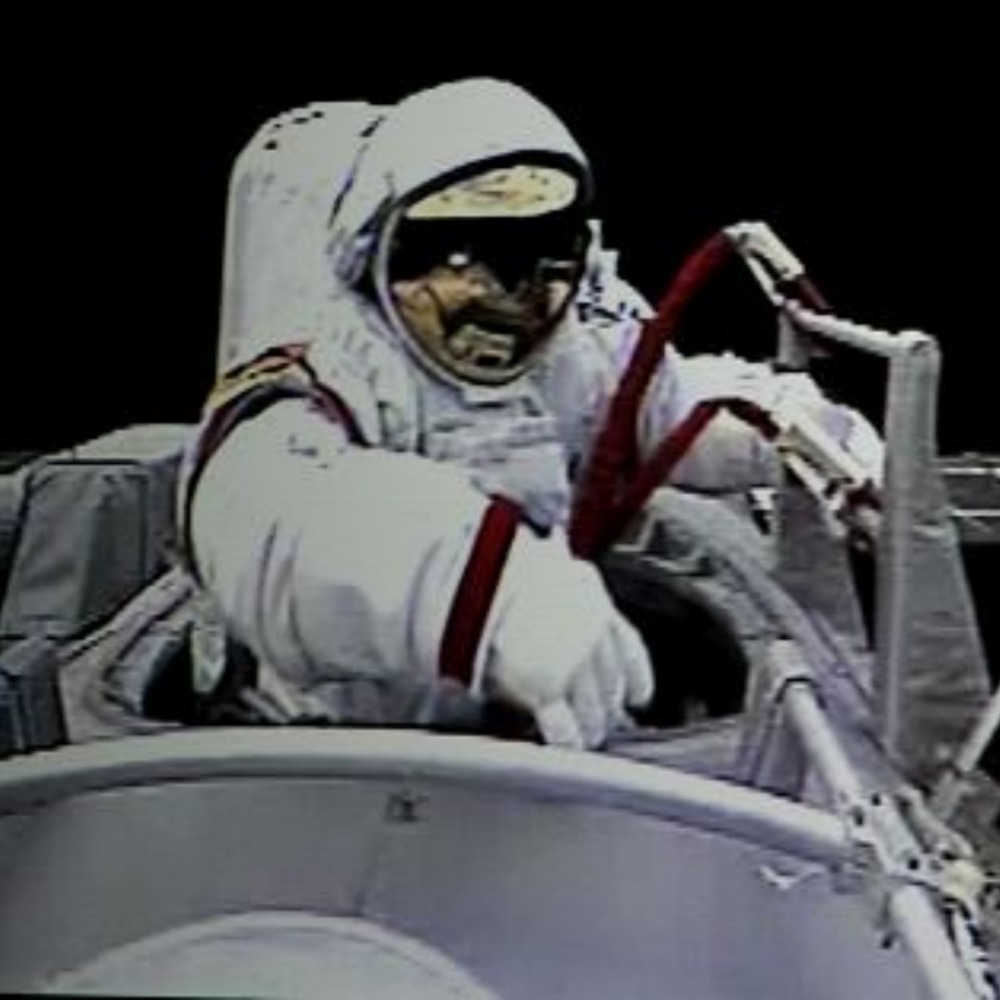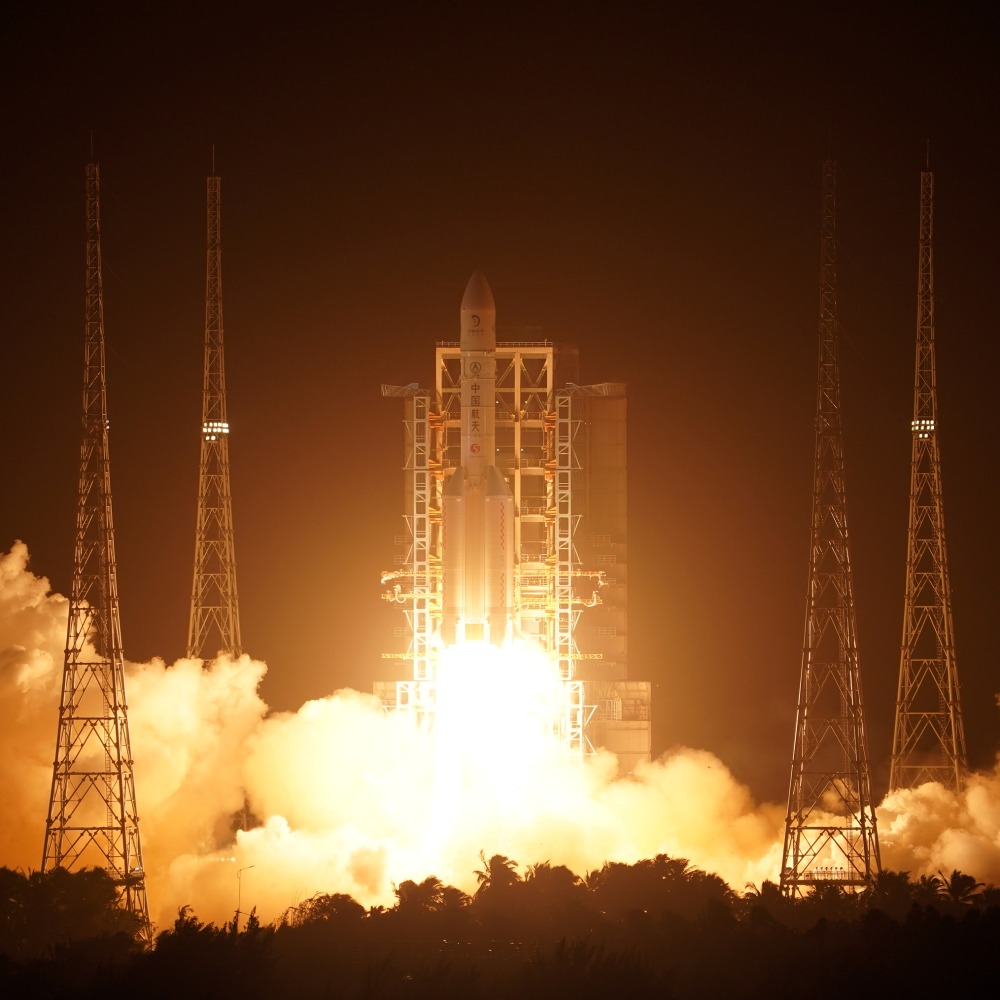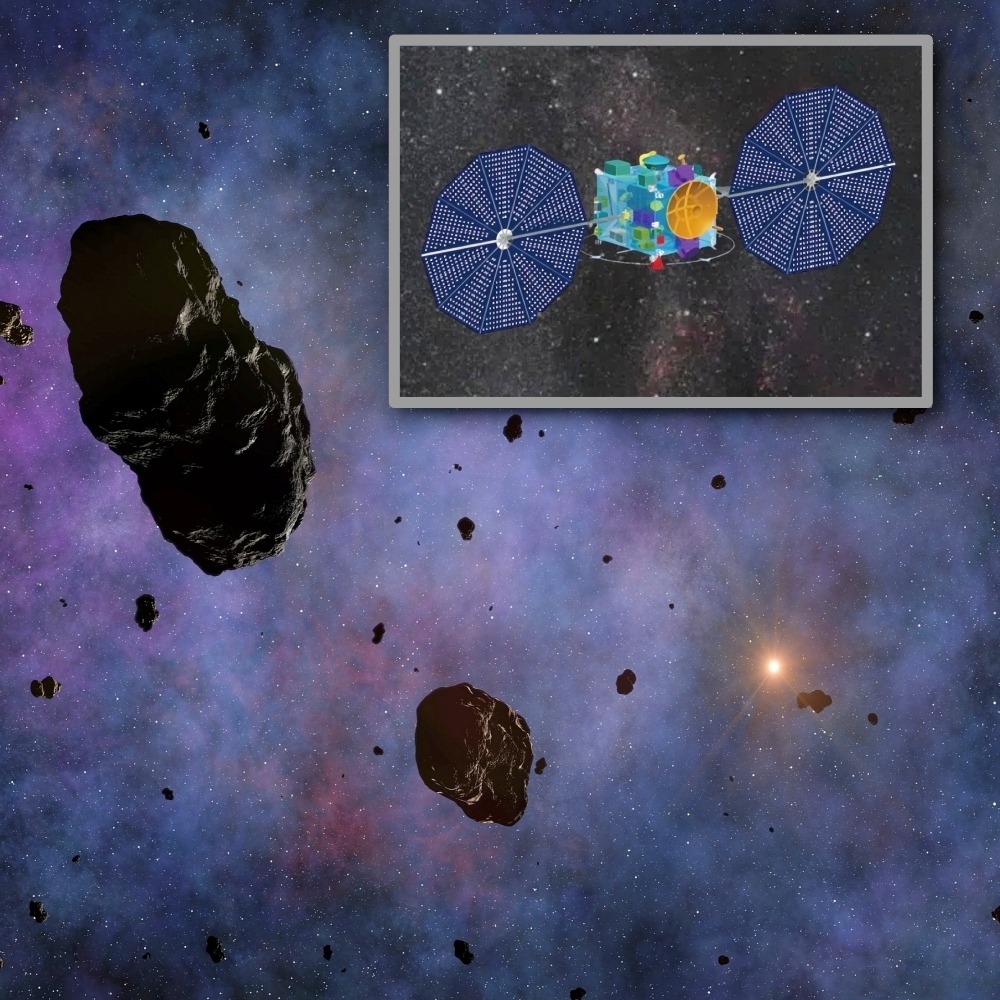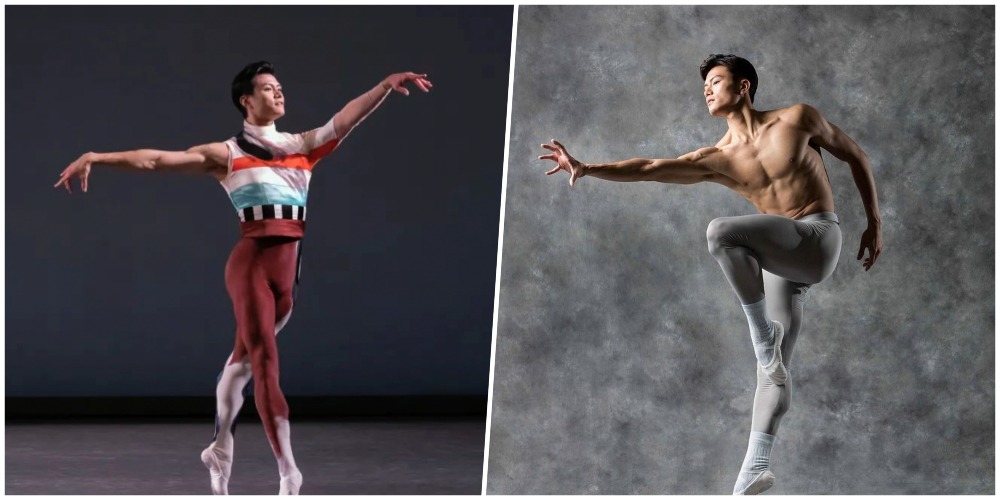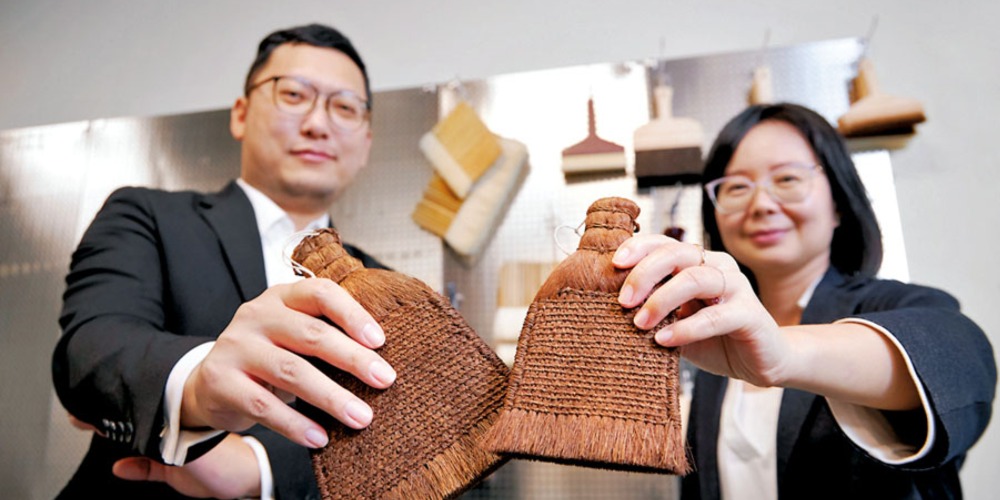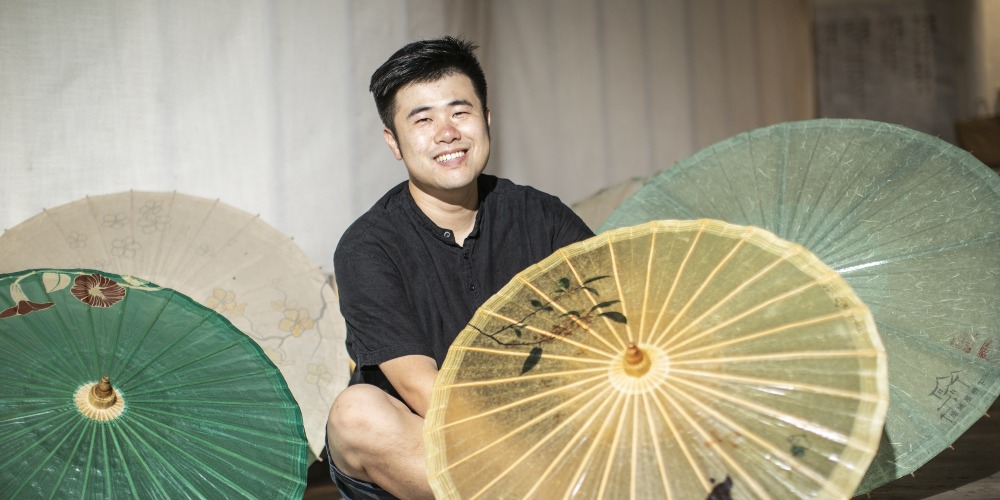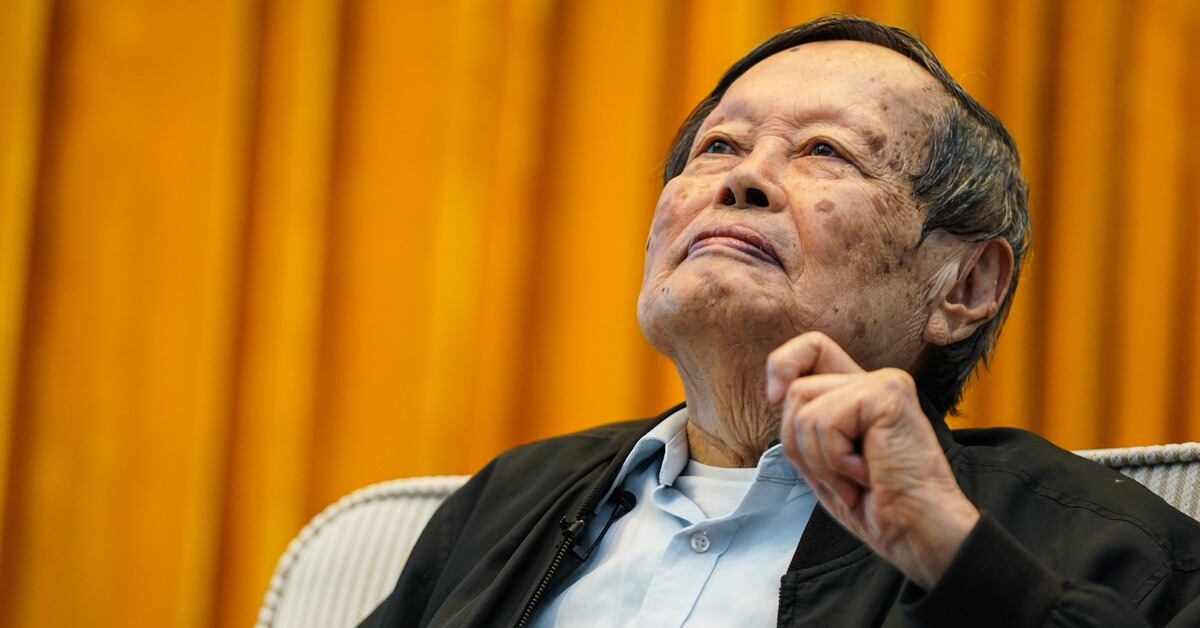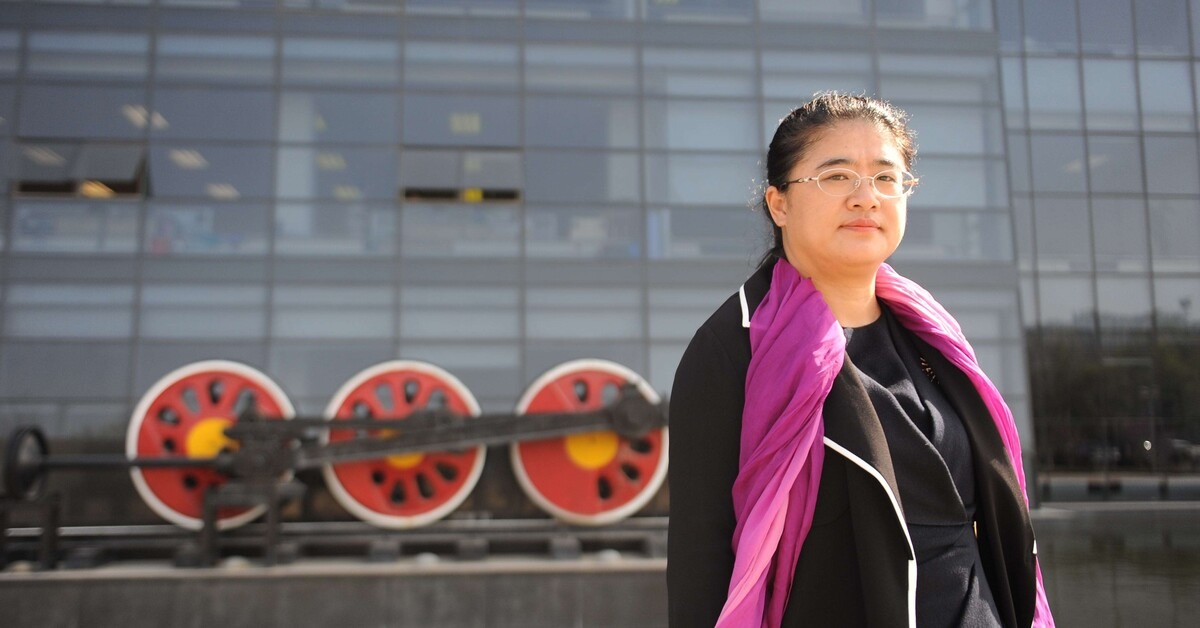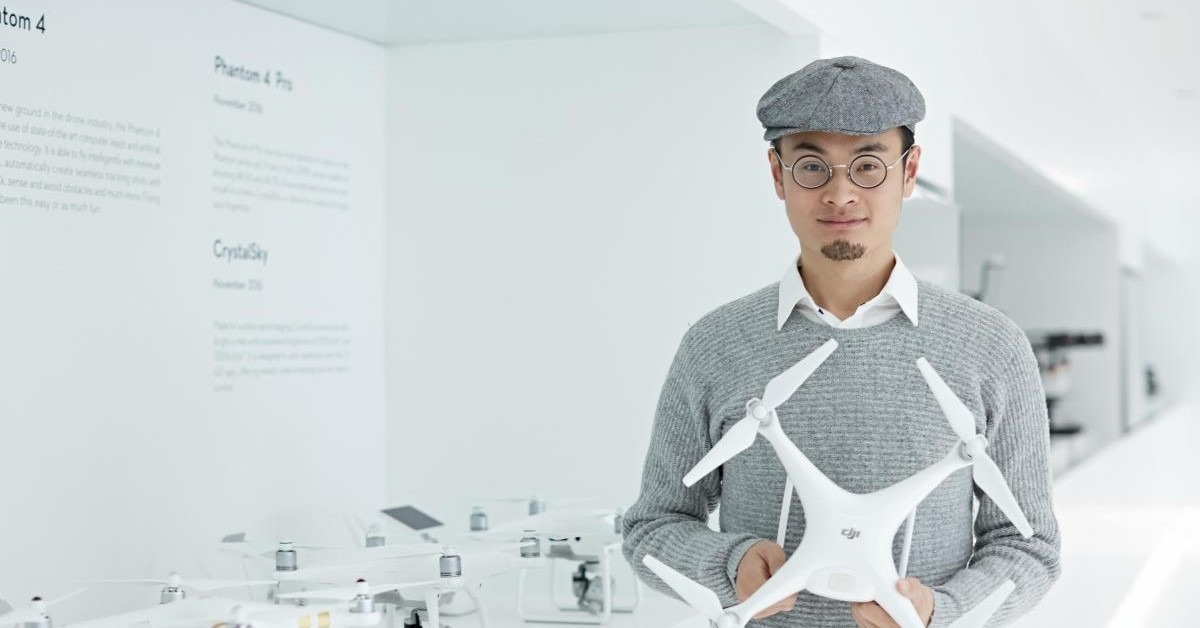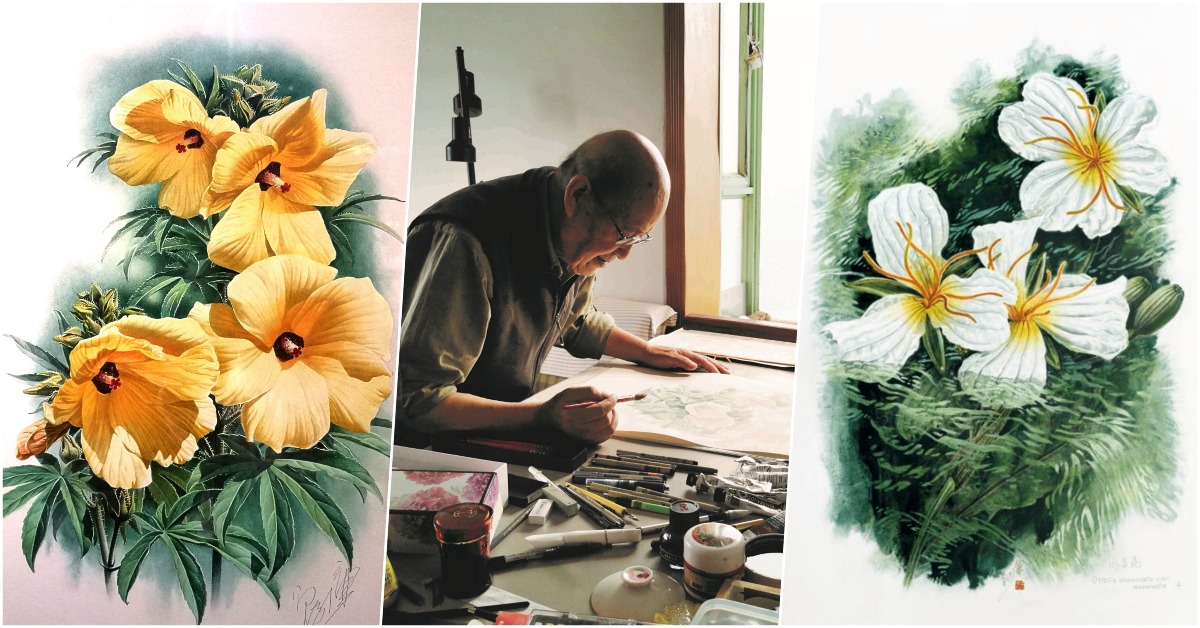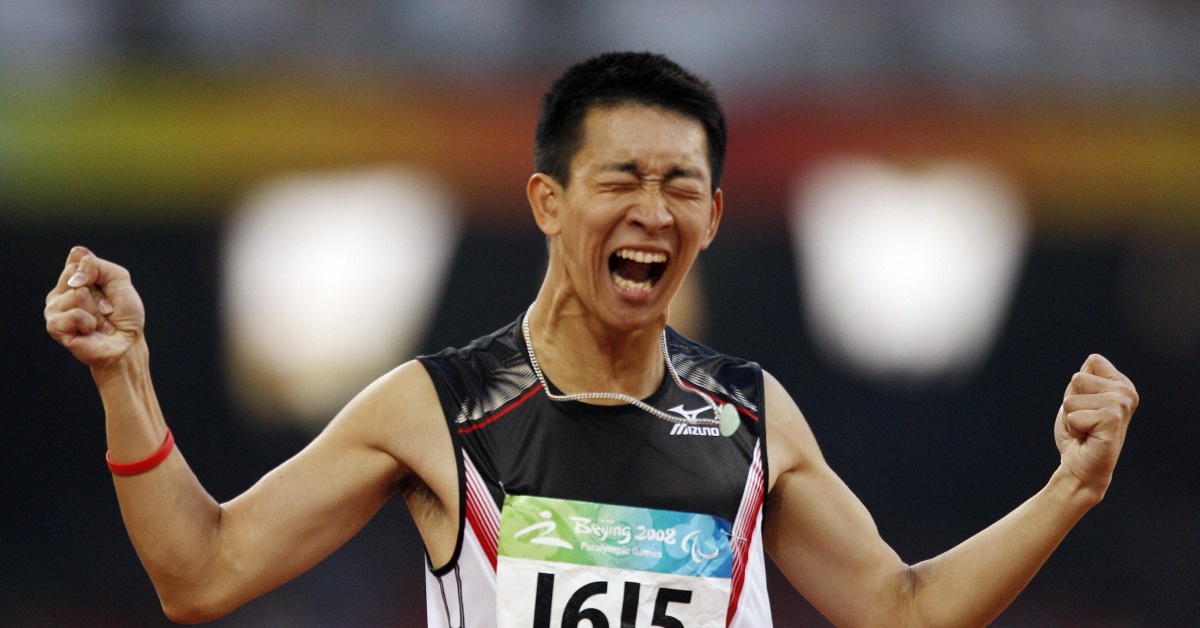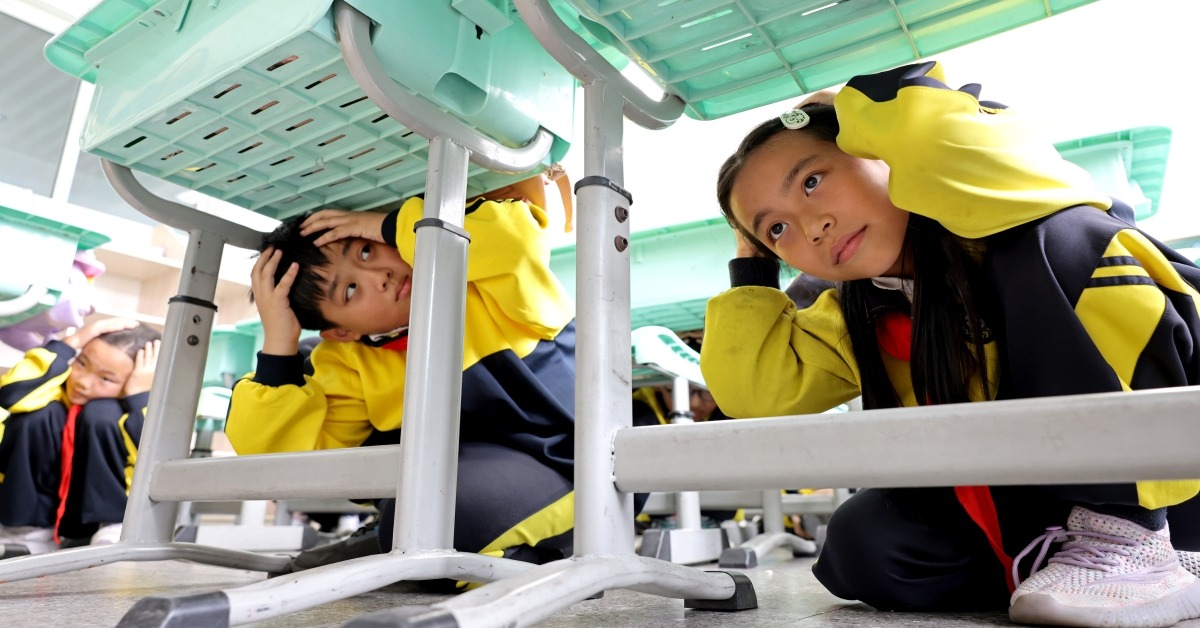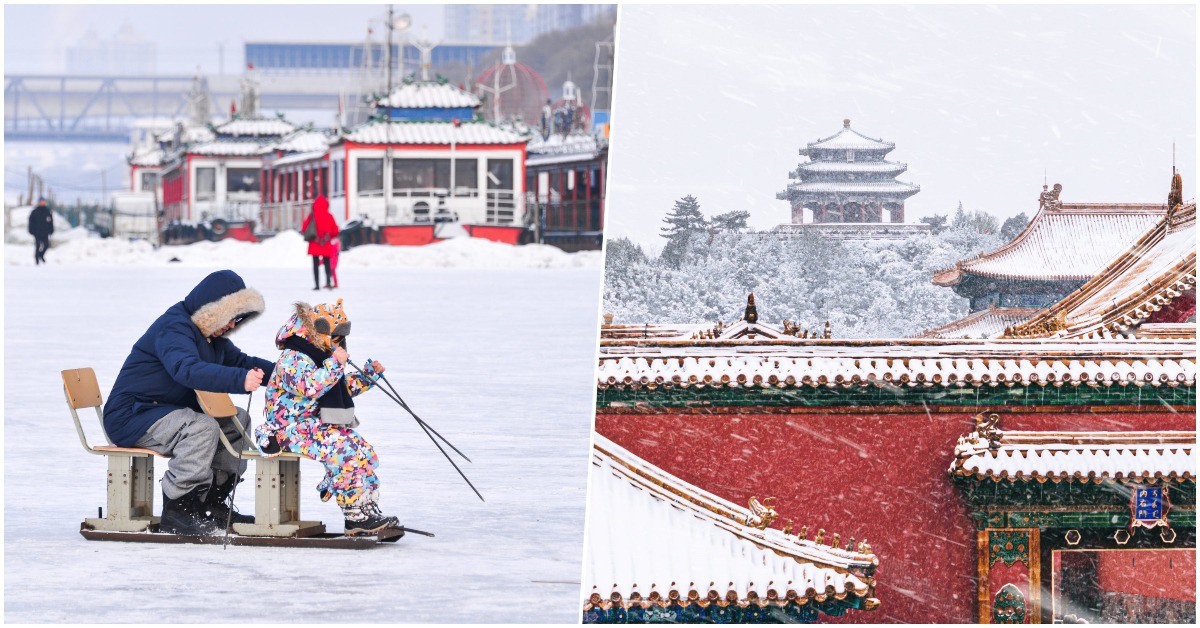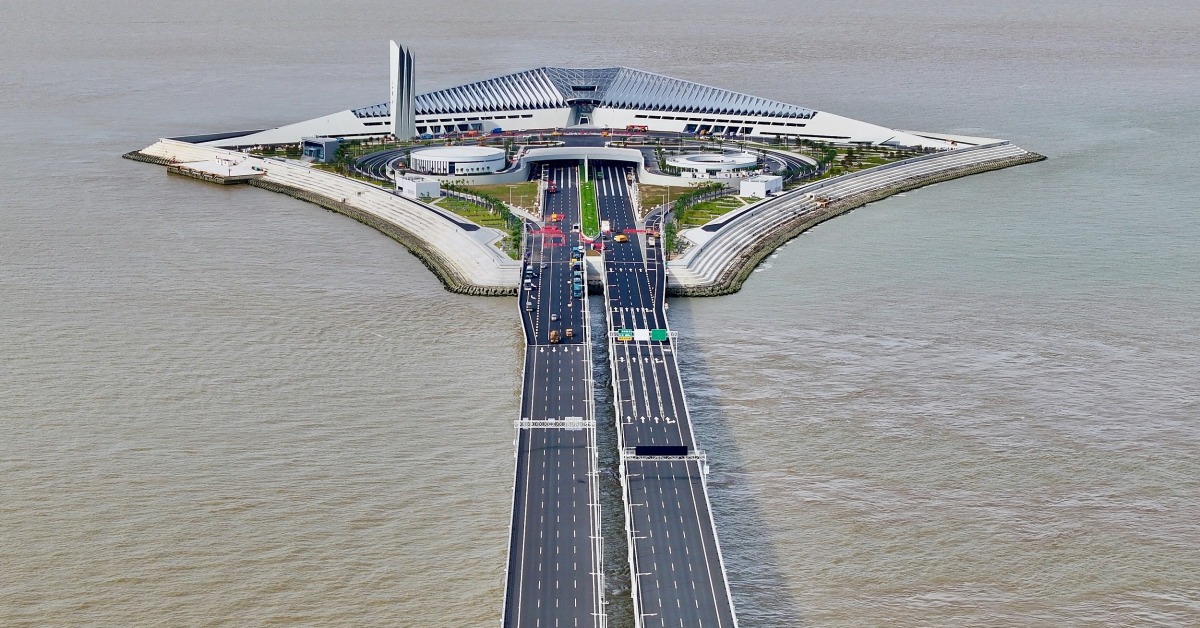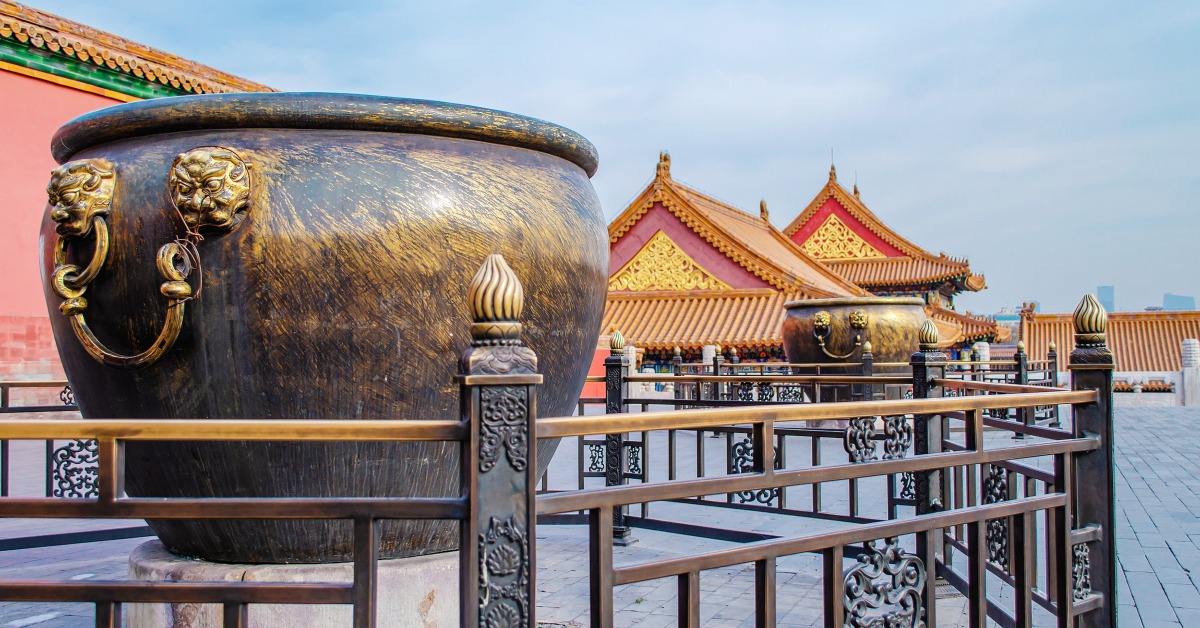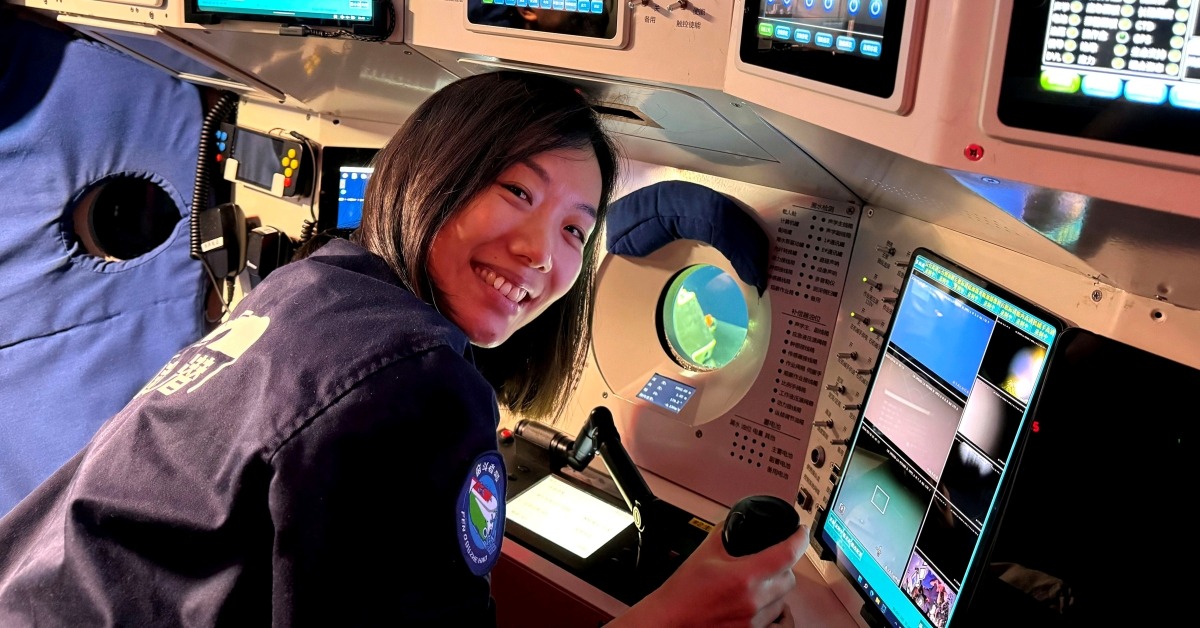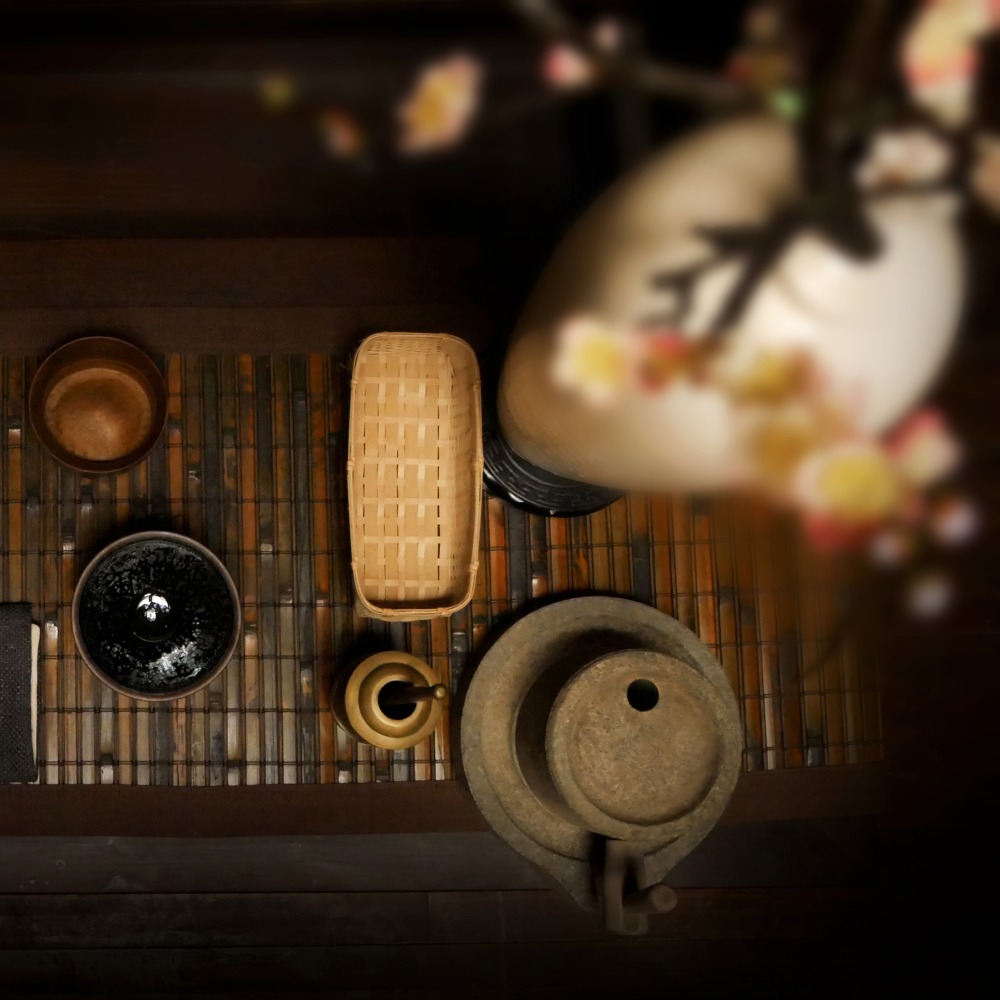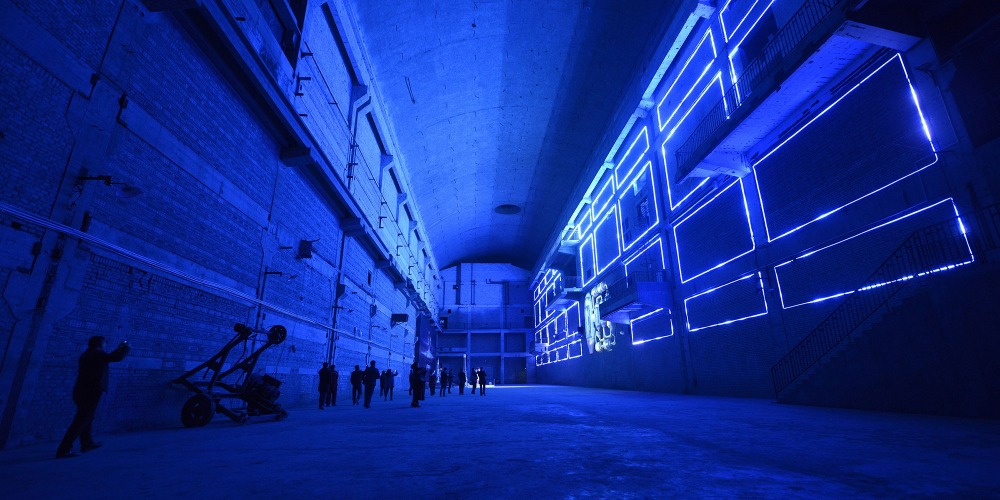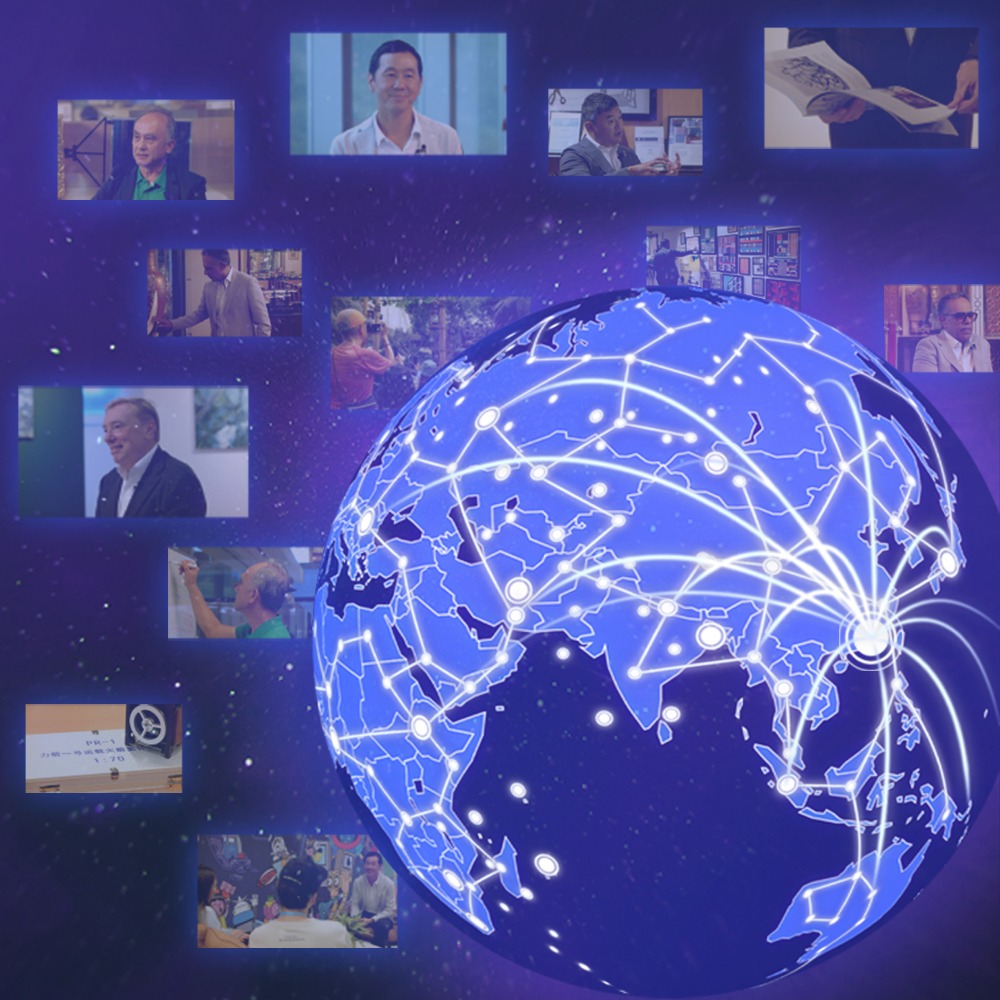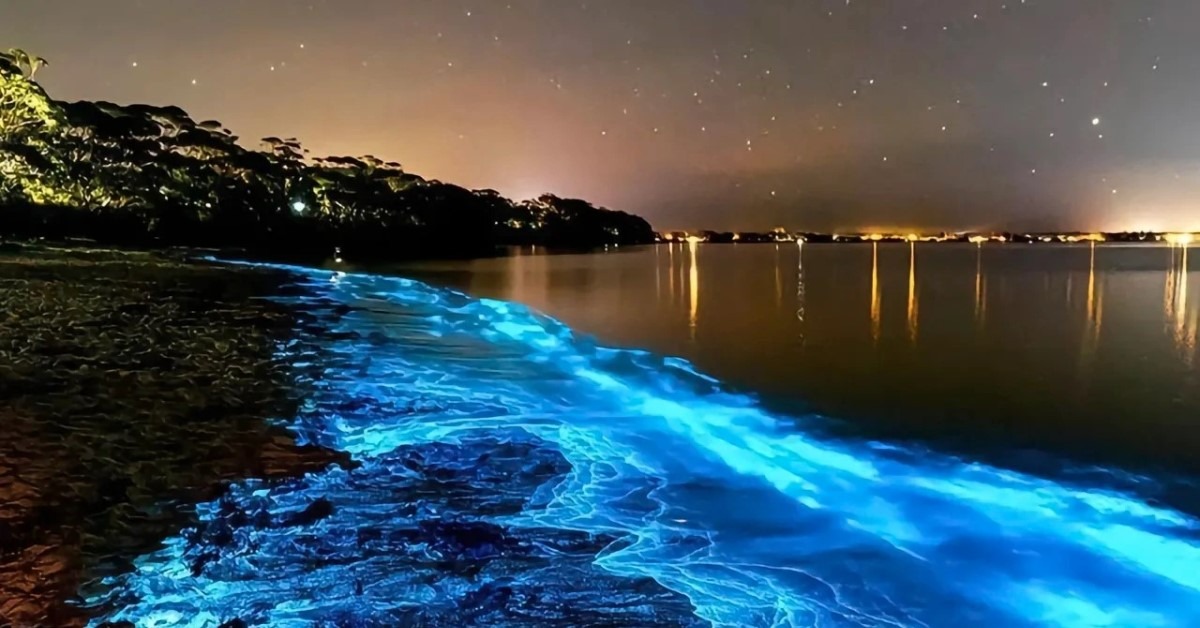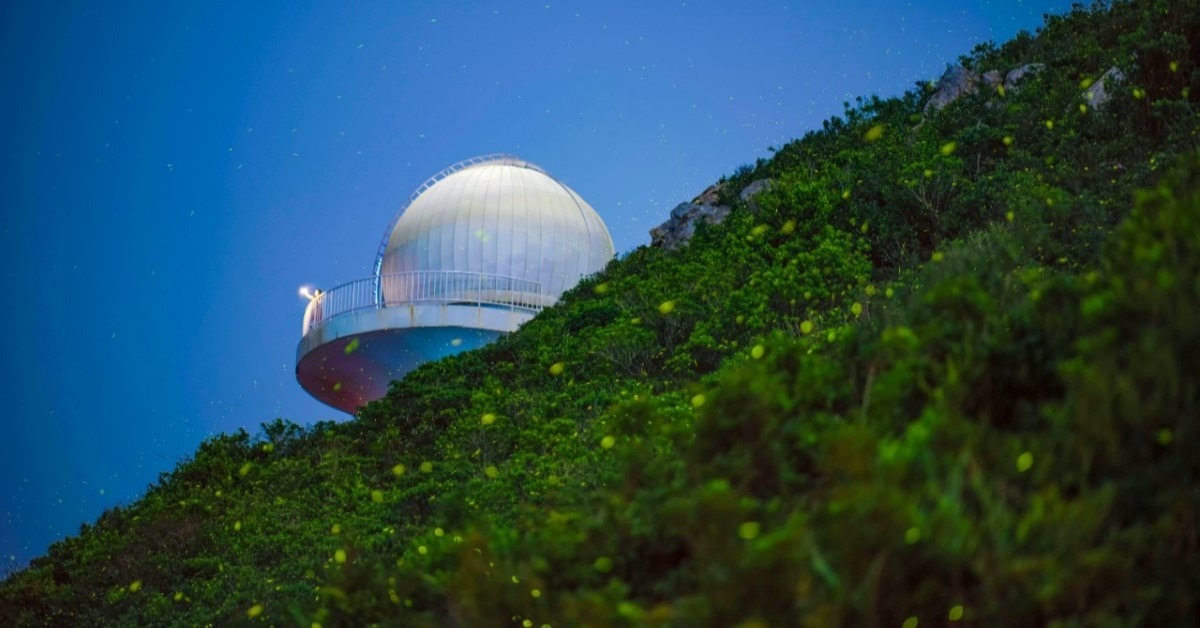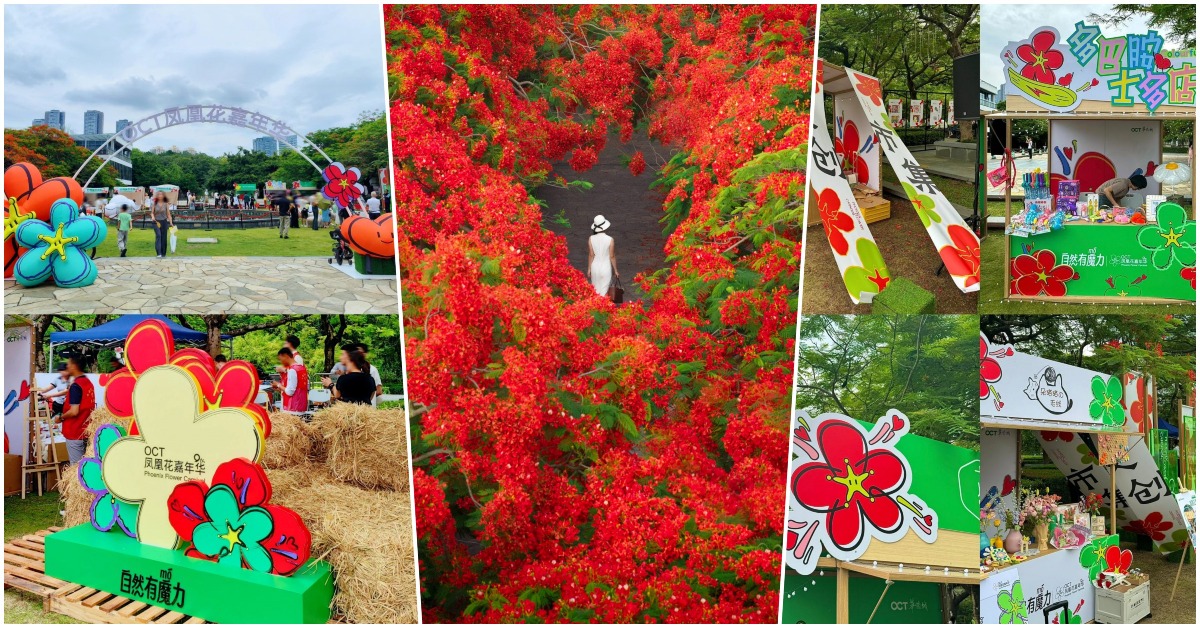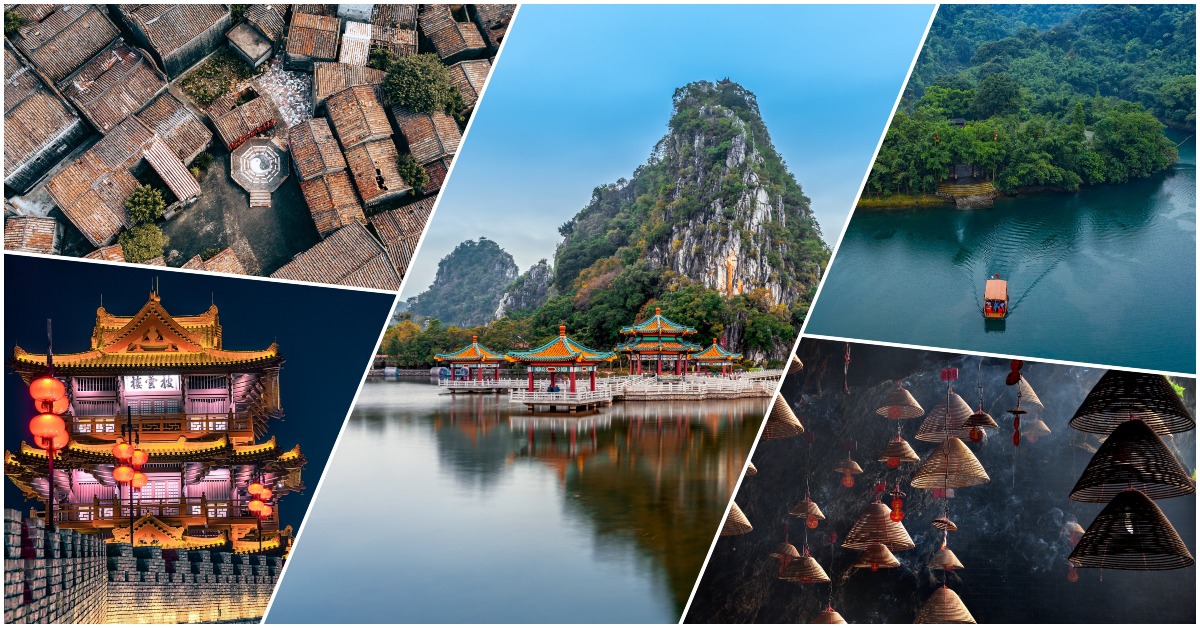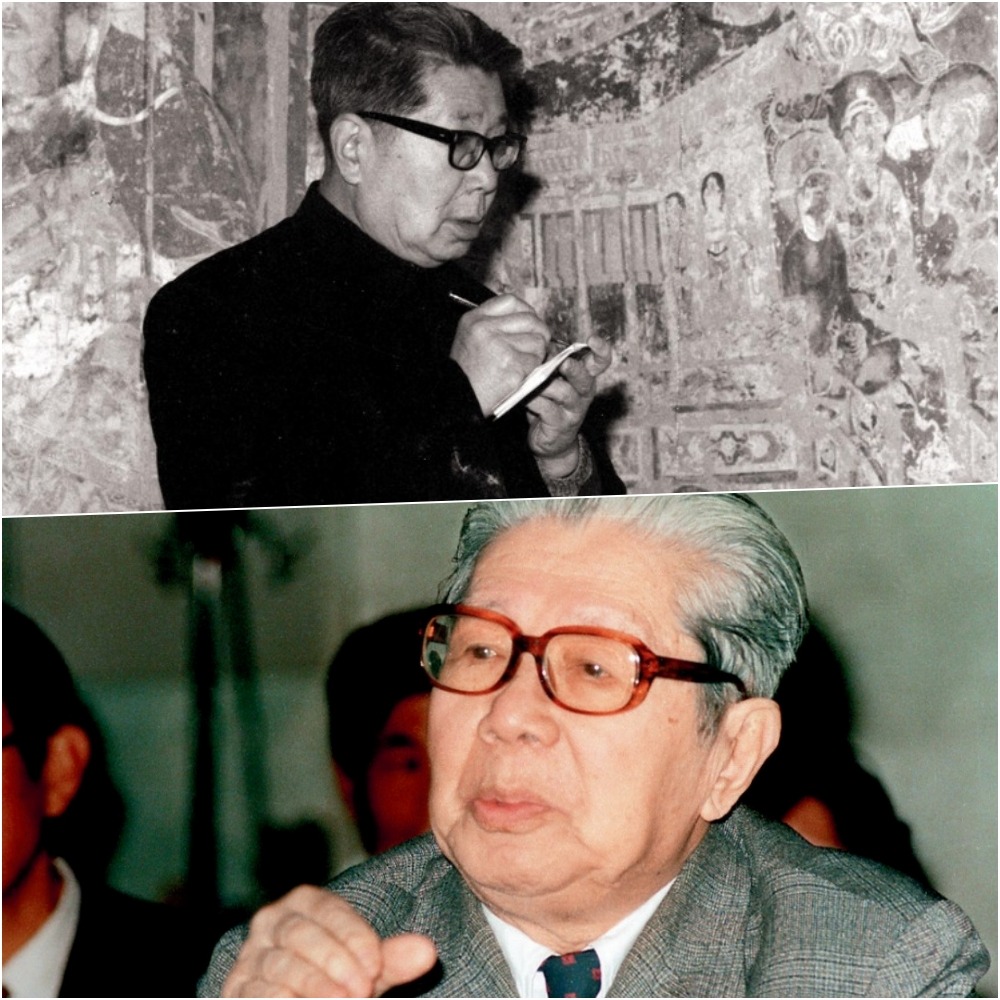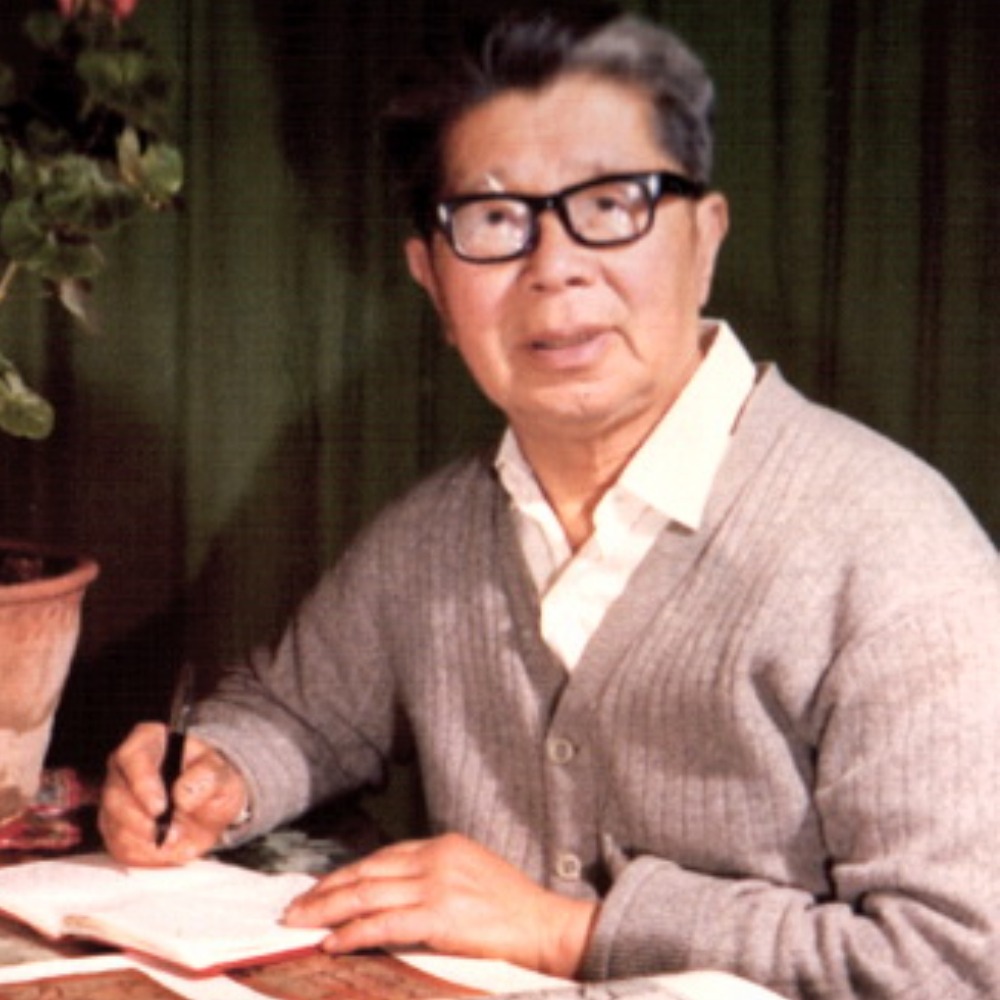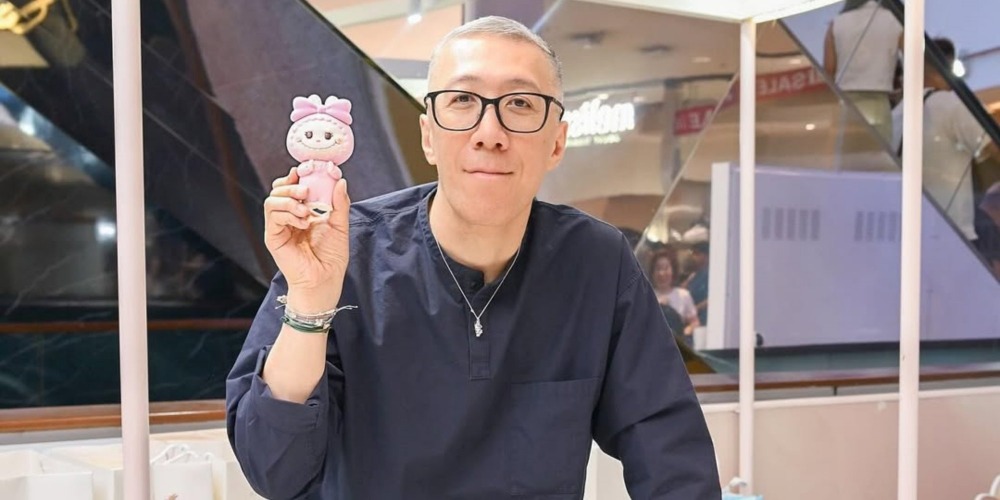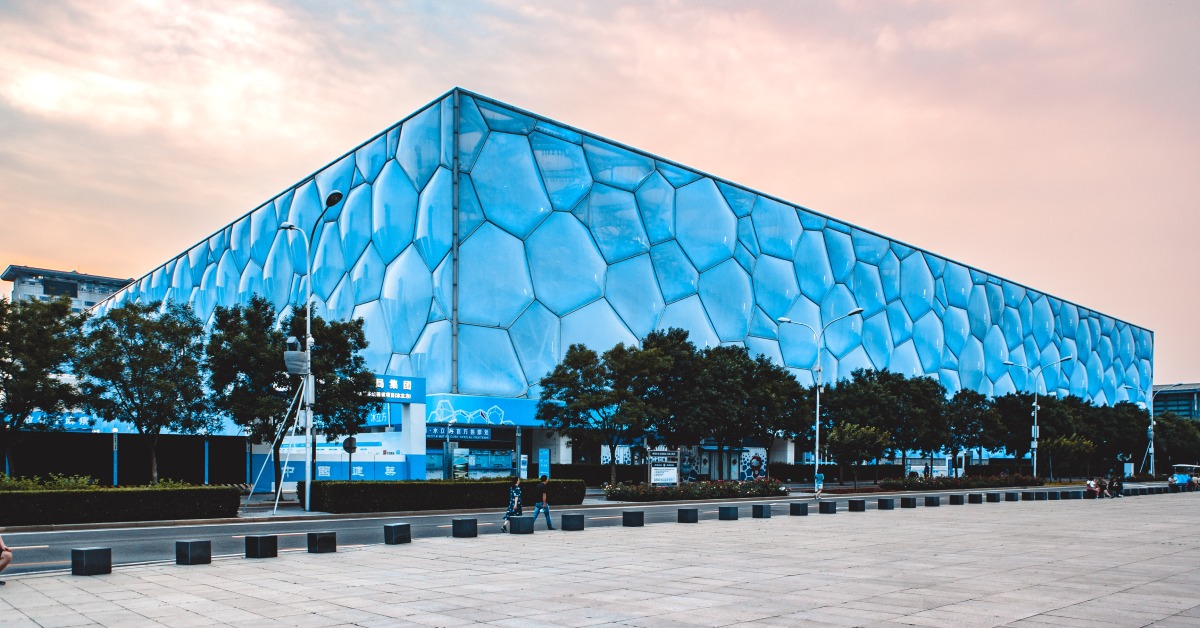Published : 2022-06-26
With "Chang'e" heading to the moon, and "Tianwen" exploring Mars, China's aerospace industry has witnessed breakthroughs in recent years, where the scientific research teams from Hong Kong have played an important role.
Among them, the standout one is the team led by Professor YUNG Kai Leung (容啟亮) from the Hong Kong Polytechnic University (PolyU).
Witnessing China's aerospace development, Professor Yung feels immensely honoured: Seeing the rapid changes in the Mainland, each space exploration breakthrough gives researchers in Hong Kong a sense of pride and the motivation to strive for better.
Participating in national projects
In fact, in the 25 years since Hong Kong's return to the motherland, local researchers have consistently contributed to the national space exploration projects.
Starting from 2010, PolyU has achieved impressive results - such as the "Camera Pointing System"(CPS) used in Chang'e-3 and Chang'e-4, the "Surface Sampling and Packing System" in "Chang'e-5", and the "Mars Landing Surveillance Camera (Mars Camera)" in Tianwen-1, the the first Mars exploration mission of China.
The research and development achievements of PolyU could be found in almost every major aerospace mission of China in recent years.
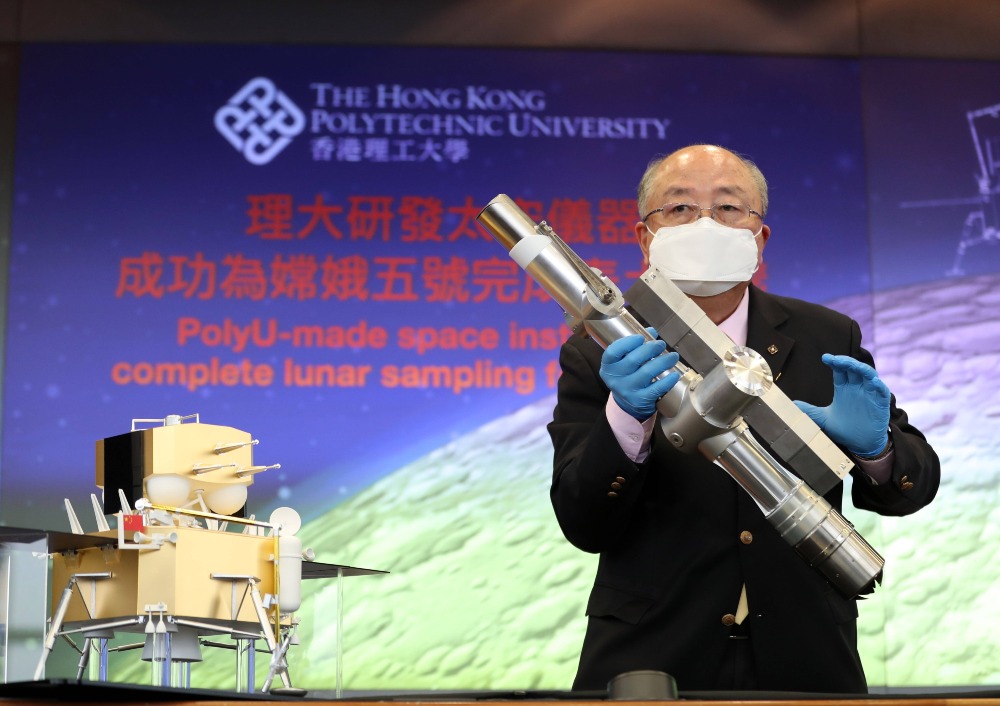
And more importantly, the team from PolyU was not just playing as a "supporting role" in these projects, but rather one of the "leading roles".
For instance, bringing back lunar soil to earth is the core mission of Chang'e-5, and the tasks of automatic sample collection and packaging on the lunar surface were performed by the sampling device developed by the PolyU team.
The mission of Chang'e-5, a major milestone in the country's history of space exploration, could not be completed without the perfect performance of the automatic sampling device, which brought around two kilograms of lunar samples back to Earth.
As for the "Mars Camera", this approximately 390-gram "gadget" is the "eyes" of the Mars rover "Zhu Rong"(祝融).
Mounted on the outer platform of the lander, the "Mars Camera" is used to monitor the landing situation, the surrounding environment, as well as the operation status of the rover after landing, which are all crucial information for the successful patrolling of the rover on the Martian surface.

Read more: Hong Kong research team assists "Chang'e" to "dig earth" on the Moon
Collaborating in scientific research between HK and Mainland
Despite hectic schedules and ever-emerging technical challenges, PolyU team still excelled and innovatively develop a novel "Integrated Radiation Protection and Heat Flow Design, Testing and Quality Control System" used in the development of the Camera.
Led by Professor Yung, the team finished the development and handed it over to the nation for use in just three years.
"It wasn't until 'Tianwen-1' successfully landed on Mars that I felt a great weight lifted off," as Professor Yung once said.
Landing a probe on Mars is a mission that would face myriad difficulties, due to the complex surface terrain of Mars, the thin atmosphere layer, possible sandstorms, and communication delays between Mars and Earth from 5 to 20 minutes.

The responsibility of choosing a landing spot was entrusted to the team led by Professor Wu Bo (吳波) from the Department of Land Surveying and Geo-Informatics at PolyU.
They selected three landing regions for Tianwen-1 following a global analysis and evaluation of Mars. Eventually, Tianwen-1 successfully soft-landed on the pre-selected landing zone in the southern Utopia Planitia on Mars.

For the PolyU team, during the process of instrument development, there were several tests that needed to be conducted, many of which were complex and high-level tests.
A single laboratory can hardly provide all the equipment, so many of the development tests were completed in different regions of the country.
"Hong Kong can do part of it. We have good ideas, but if they are to be implemented, we need to collaborate with Mainland to produce good products."
Professor Yung Kai Leung believes that the scientific research strength of Hong Kong needs to cooperate further with the Greater Bay Area and even other cities and regions in Mainland, in order to have more room for development.
Cooperation in talent is also needed.
For example, in the R&D team participated in the Mars exploration mission, there were only one PhD graduate from Hong Kong, while many others are excellent researchers from various regions.
The PolyU team also hopes that more Hong Kong students will join the projects in the future, to contribute to the country's space exploration.
Read more: HKSAR 25th Aniversary|Explore the transformation of HK in 25 years through these 10 figures
